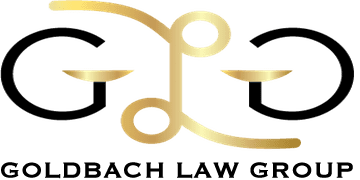Chapter 13 Bankruptcy – Reduce and Reorganize Debt – For High Income Earners and Asset Owners
If you’re seriously struggling with debt but are ineligible for Chapter 7 bankruptcy due to having a high income or asset equity, then a Chapter 13 Bankruptcy Action could be an acceptable alternative for you.
Specifically, Chapter 13 bankruptcy, also known as reorganization bankruptcy, is often the most effective approach for homeowners to reorganize their debts without facing foreclosure, repossession and other harassing collection efforts.
"*" indicates required fields
CHAPTER 13 BANKRUPTCY BASICS
Moreover, a Chapter 13 bankruptcy not only can prevent debt enforcement actions, it can also help debtors to significantly reduce and potentially eliminate all of their unsecured debt, including credit cards.
To be eligible for Chapter 13 bankruptcy, an individual must earn enough income to afford their monthly post-bankruptcy debt reorganization payments as well as all current living costs.
However, it is important to consider that an individual’s debt cannot exceed the statutory limit that is set by the U.S. Bankruptcy Code in order to file for Chapter 13 bankruptcy. If an individual meets the qualifications under Chapter 13, the Bankruptcy Court will institute a debt repayment plan that generally lasts between three to five years.
Before filing for Chapter 13 bankruptcy, a debtor must meet all applicable deadlines in order to successfully pursue this form of bankruptcy. For example, if your bankruptcy case is dismissed for whatever reason, you cannot re-file for another 180 days. Within this time-frame, you must undergo credit counseling and submit your proof of attendance with the court. In addition, you must also be a resident of the State of California for ninety days before being eligible to file your Chapter 13 case with the Bankruptcy Court of your jurisdiction.
In order to obtain a Chapter 13 debt reorganization plan, there are a number of documents – including your bankruptcy petition – that must be filed with the court. These include but are not limited to the following:
- Schedules of your total assets and liabilities
- A schedule of your monthly income and living costs
- A statement of your finances
- A list of all of your property
- A list of your monthly living expenses, such as food costs, housing payments, utility bills, etc.
- A certificate of attendance to credit counseling
- A list of the total amount of debt that is owed to all of your creditors
- A list of your monthly living costs
What Happens After You File Chapter 13 Bankruptcy?
Once your bankruptcy petition and associated paperwork is on file with the court, an automatic stay will be issued to your creditors. Specifically, this prohibits creditors from engaging in any form of debt collection activities while the stay is in effect.
In addition, all of your debtors will be notified in writing about your Chapter 13 bankruptcy action and the court will assign a bankruptcy trustee to your case. Within fifteen days of filing your petition, a Notice of Commencement of Case will be sent to you and your creditors. This provides a summary of all filing deadlines and the dates and times of all court meetings.
You will also be required to submit a repayment plan with the court to address all of your debts. Once you complete your plan, all eligible debts will be discharged and any remaining debt will be subject to repayment.
OTHER TYPES OF BANKRUPTCY
Chapter 7 Bankruptcy
Eliminate All Of Your Unsecured Debt
Chapter 11 Bankruptcy
For Businesses and Corporations
Foreclosure Prevention
For Struggling Homeowners

